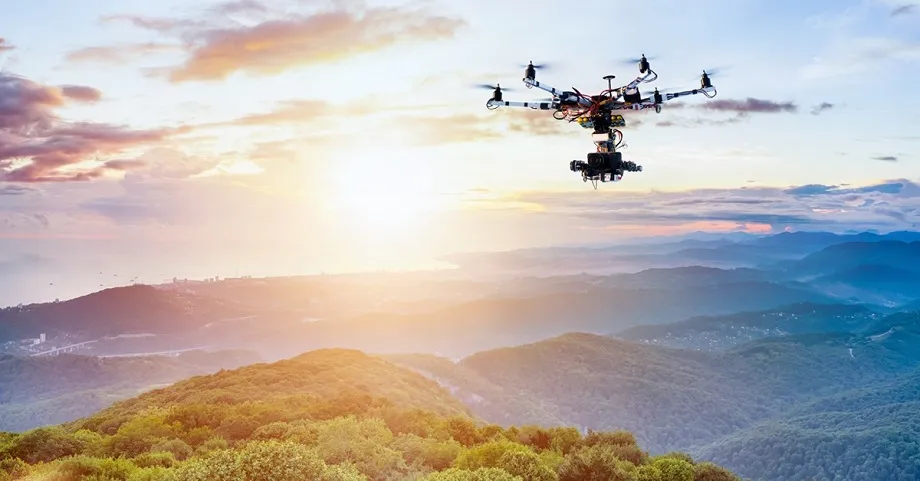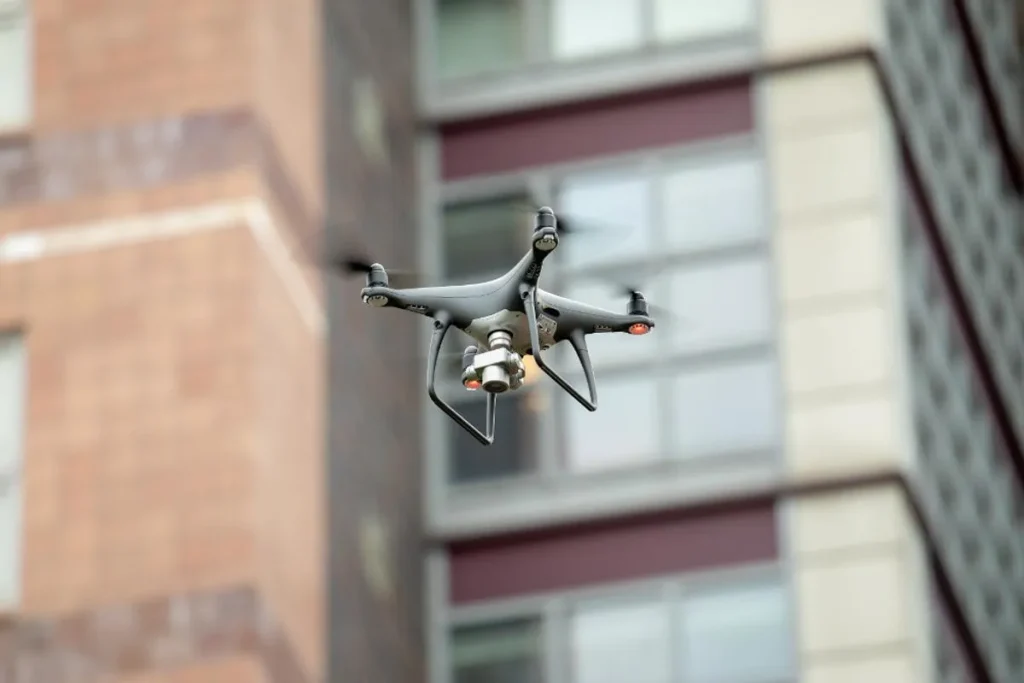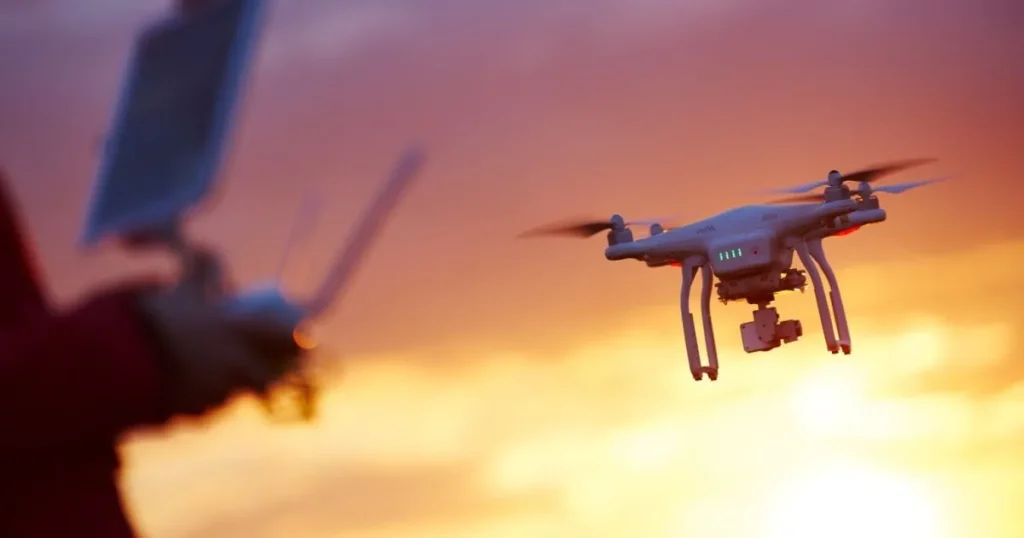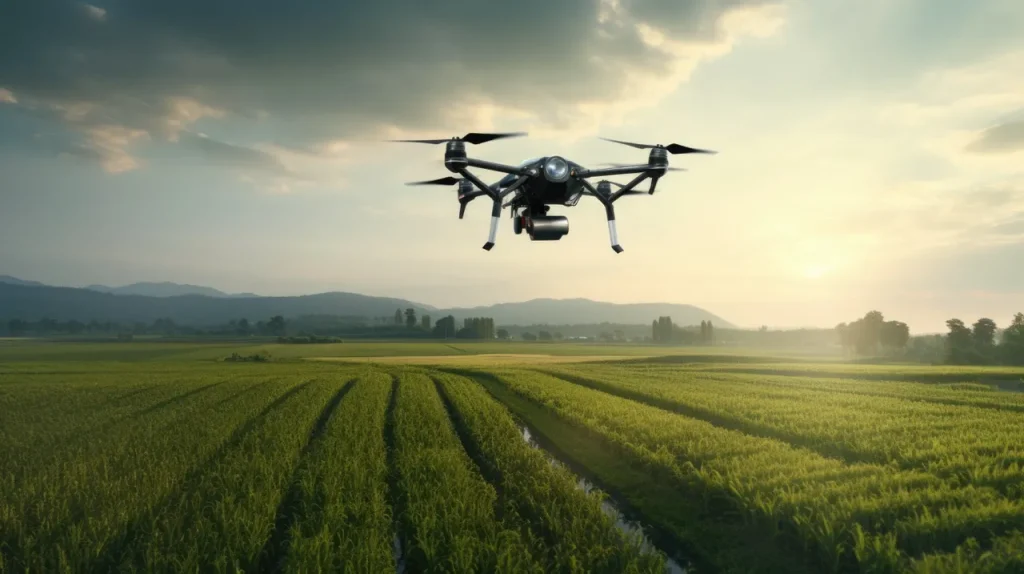
Breakthrough: AI Drone Software Aids Rescue Missions
In a groundbreaking development, British Mountain Rescue workers have created an innovative AI drone software that is transforming search and rescue operations in challenging landscapes. Where normal search and rescue crew fails, this homemade AI drone software we are using has been able to help us find missing persons.
The AI drone software, developed by Dan Roach and David Binks, leverages advanced image analysis and automated flight path planning to scour vast areas more efficiently than human eyes. They meet with missing people using the algorithms to identify unusual color clusters in the aerial imagery even at locations that have changes in terrains with boulder fields and gully systems.
Saving Lives in Remote Landscapes
The successful deployment of the AI drone software in the search for Charlie Kelly, a missing hillwalker in the remote Scottish Highlands, showcased its incredible potential. After six weeks no sign of the missing man and despite multiple search attempts conducted by several teams including sniffer dogs,quad bikes helicopters and drones fitted with both infrared and conventional cameras.
It was then that Roach and Binks offered to test their AI drone software prototype. The AI drone software found Kelly’s body within an hour of deployment, indicating the superiority of drones over on foot search and rescue operations especially in finding people who may be easily missed.

Empowering Search and Rescue Teams
The AI drone software is designed to operate offline, making it suitable for use in remote locations with limited connectivity. The AI drone software minimizes the time and effort it takes to trace flight trajectories using terrain data and rises any clusters of unfamiliar colors for the attention of the personnel.
With increasing incidents requiring call for mountain rescue teams, the software equipped to the AI drone is relatively helpful in lessening burden on the volunteers, thus they don’t get exhausted. By streamlining the search process and eliminating areas of interest more efficiently, the AI drone software allows rescue teams to focus their efforts where they are most needed.

A Collaborative Effort for the Greater Good
The development of the AI drone software is a testament to the dedication and ingenuity of the mountain rescue community. Roach and Binks are both volunteers with the rescue and have witnessed first-hand the drawbacks with current drones so decided to rectify this and come up with a workable solution.
Roach and Binks have shown how important it is to work with other rescue teams and how worthwhile it is to exchange knowledge in order to solve sophisticated rescues. The fact that they made the software of their economical and efficient AI drones open source with all the participants engaged in search and rescue operations speaks volume about their noble intentions and their relativity correct prognosis of the role that technology can play in safeguarding lives.

The Future of Search and Rescue
As the AI drone software continues to prove its worth in real-world scenarios, its potential to revolutionize search and rescue operations on a global scale becomes increasingly apparent. In particular, the AI drone software might be incredibly useful for the rescue bodies from areas with steep complex terrains around the world due to not only its ability to scan for a particular target in such territories but also staying safe from the ravages of the dark topography.
The success of the AI drone software also highlights the importance of fostering innovation within the search and rescue community. New technologies could thus be promoted to support the development of new solutions or the adoption of existing ones by rescue organizations improving their outcomes.



